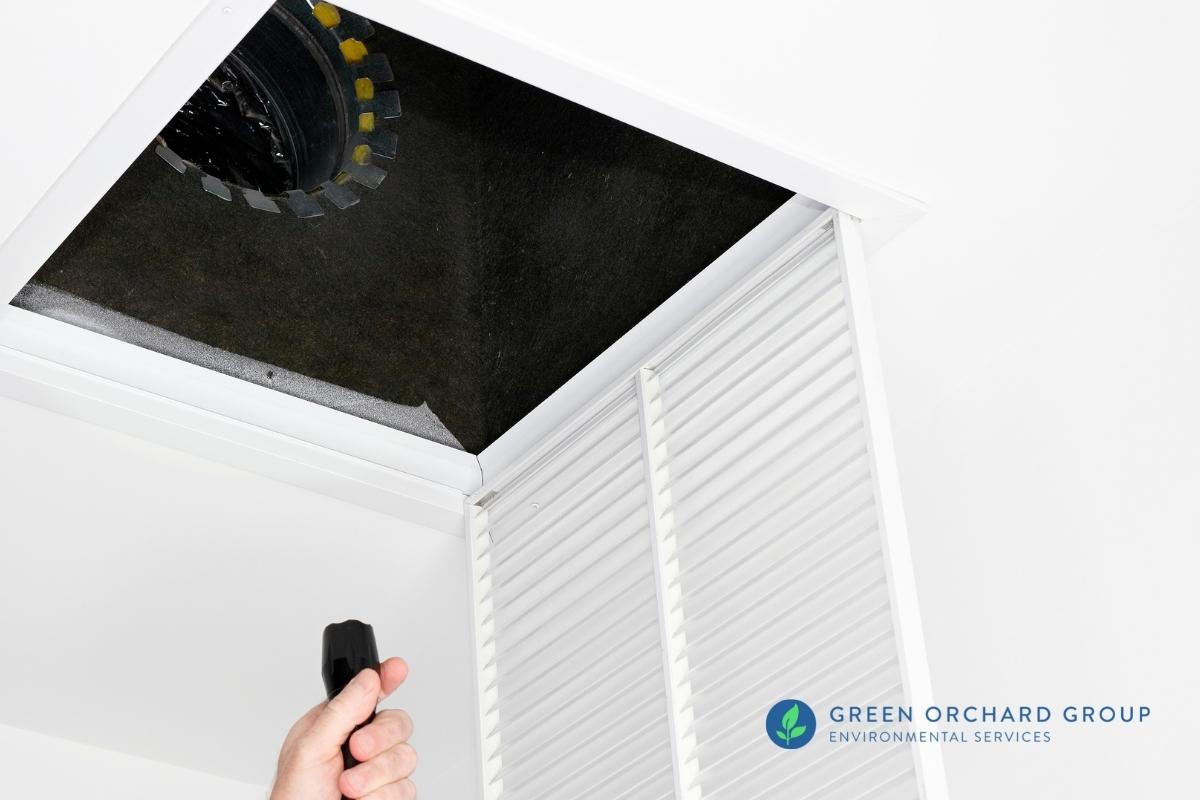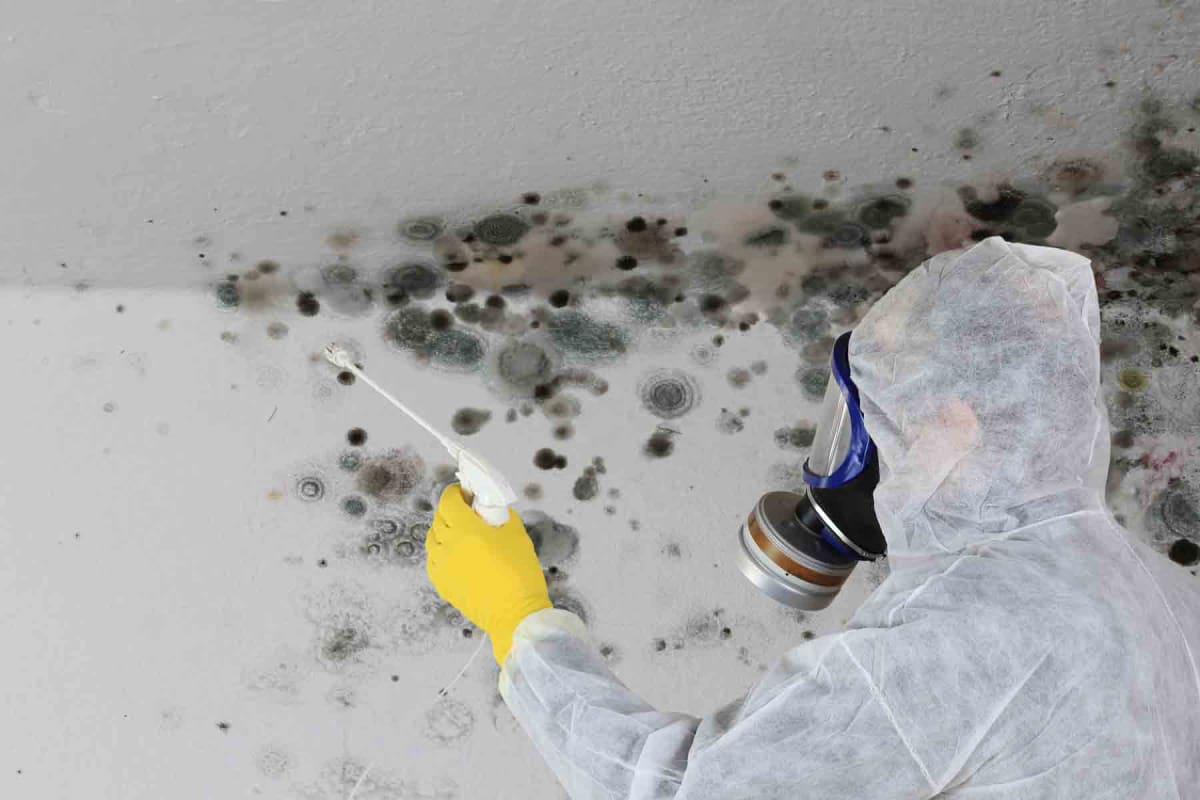Support on What to Do After Mold Remediation
Support on What to Do After Mold Remediation
Blog Article
Your Ultimate Guide to Blog Post Mold And Mildew Remediation Techniques
In the aftermath of mold infestation, understanding exactly how to efficiently eliminate the mold and avoid its reoccurrence is critical for preserving a healthy interior atmosphere. From choosing the right cleaning and decontaminating approaches to implementing strategies for long-lasting mold prevention, each step in the removal journey plays a critical duty in ensuring an effective outcome.
Understanding Post-Mold Remediation Process
After completing the mold removal process, it is vital to understand the post-mold removal strategies that are essential to make sure a thorough and efficient cleaning. When the mold and mildew has actually been eliminated, the following step entails cleaning and sanitizing the affected areas to protect against any regrowth of mold.
Additionally, carrying out a last inspection post-remediation is crucial to make sure that all mold and mildew has actually been efficiently eradicated. This assessment should include a thorough visual check as well as possibly air tasting to validate the absence of mold spores in the air. If the inspection exposes any remaining mold and mildew, additional remediation may be necessary. Lastly, enlightening owners on safety nets such as managing wetness levels and without delay resolving any water leakages can aid maintain a mold-free atmosphere.
Efficient Cleaning and Sanitizing Techniques

Avoiding Future Mold And Mildew Growth

Relevance of Proper Ventilation
Appropriate ventilation plays a critical duty in avoiding wetness accumulation, an essential variable in mold growth within indoor environments. Effective ventilation systems help eliminate excess humidity from the air, reducing the opportunities of mold and mildew spores locating the wetness they need to spread out and germinate. Without sufficient ventilation, indoor rooms can end up being a breeding place for mold and mildew, bring about potential wellness risks important source and structural damage.
By making sure appropriate air blood circulation, air flow systems can likewise aid in drying wet locations faster after water damages or flooding events, additionally deterring mold and mildew growth. testing air quality after mold remediation. Precede like restrooms, basements, attic rooms, and kitchens where moisture levels have a tendency to be higher, mounting and preserving reliable ventilation systems is crucial in protecting against mold infestations

Tracking and Maintenance Tips
Offered the essential role that appropriate ventilation plays in preventing mold growth, it is essential to establish reliable monitoring and upkeep suggestions to make certain the continued performance of air flow systems. Regular evaluations of ventilation systems need to be performed to look for any indicators of blockages, leakages, or breakdowns that can restrain correct airflow. Surveillance moisture levels within the home is additionally crucial, as high moisture can contribute to mold growth. Mounting a hygrometer can aid track moisture degrees and sharp home owners to any kind of spikes that may need interest. Furthermore, making certain that air filters are regularly cleansed or replaced is crucial for keeping the efficiency of the air flow system. Applying a routine for routine upkeep jobs, such as duct cleaning and HVAC system inspections, can help avoid concerns before they rise. By remaining proactive and conscientious to the condition of air flow systems, residential property proprietors can efficiently minimize the risk of mold regrowth and keep a healthy interior environment.
Conclusion
To conclude, post-mold remediation techniques my sources are important for making sure a tidy and risk-free environment. Recognizing the procedure, carrying out reliable cleaning and decontaminating methods, preventing future mold and mildew development, maintaining appropriate air flow, and regular surveillance are all important action in the removal procedure. By complying with these guidelines, you can effectively eliminate mold and mildew and avoid its return, working or advertising a healthy and balanced living area for all occupants.
In the results of mold and mildew invasion, understanding just how to successfully remove the mold and mildew and stop its reoccurrence is paramount for maintaining a healthy indoor environment. As soon as the mold has been gotten rid of, the following step includes cleansing and disinfecting the affected areas to stop any kind of regrowth of mold - what to do after mold remediation. After getting rid of noticeable mold growth, it is important to clean up all surfaces in the afflicted location to eliminate any continuing to be mold and mildew spores. To even more improve mold prevention actions, it is necessary to resolve underlying concerns that at first led to mold growth.Given the essential duty that appropriate ventilation plays in stopping mold development, it is vital to establish efficient monitoring and maintenance pointers to make sure the ongoing performance of ventilation systems
Report this page